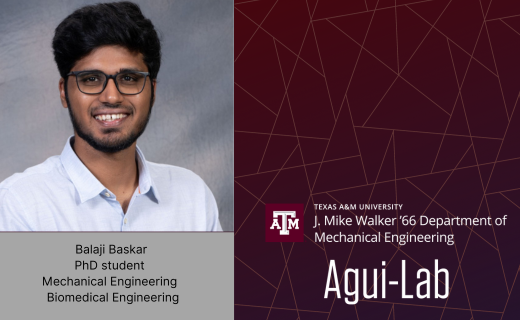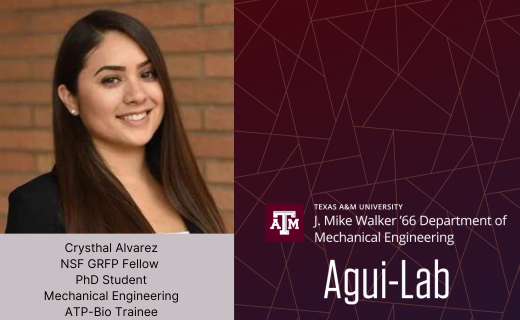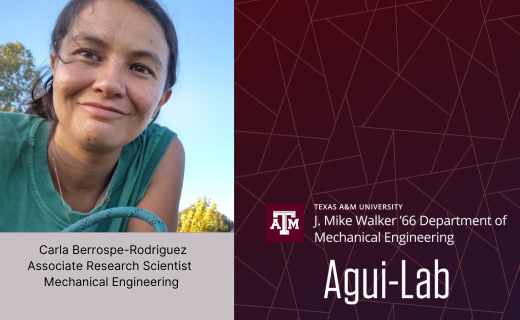Laser-induced periodic surface nanostructures for enhanced surface functionalities
Nanostructured surfaces play a crucial role in optics, tribology, medicine, and energy harvesting. Common techniques involve chemical and plasma etching, vapor deposition, sputtering, and lithography. However, these methods are costly, time-consuming, and often limited to semiconductors. An economical alternative is laser-induced periodic surface structures (LIPSS), or nanoripples, formed on various materials with linearly polarized ultrafast laser pulses, offering a cost-effective solution for nanostructuring.

Variable exposure laser speckle imaging using commercially available Systems on Modules
Laser Speckle Imaging (LSI) is crucial for blood flow imaging in biomedical research. This study uses NVIDIA’s Xavier NX for variable exposure LSI, assessing flow rates in a 3D-printed flow phantom. A Raspberry Pi HQ camera enables rapid image capture (<1 ms exposure time). The Xavier NX’s high performance allows distinguishing slow, medium, and fast flow rates, making it suitable for portable LSI devices in various medical applications.

Advancing Vitrification and Rewarming Technologies Using Digital Holography Interferometry
Vitrification is a rapid approach to cryopreserve biological samples without ice formation, preventing mechanical injury. However, challenges such as non-uniform cooling, CPA toxicity, and limitations in real-time monitoring hinder advancements. This project focuses on developing optical tools like Digital Holography Interferometry and Raman spectroscopy to analyze water, CPAs, and biological systems. By leveraging these technologies, the research seeks to improve vitrification protocols and enhance specimen viability post-preservation.

Laser-induced cavitation bubble dynamics close to periodic surface microstructures
A high-energy laser pulse focused into a liquid induces laser-induced cavitation, leading to plasma formation and shockwave emission. The dynamics of cavitation bubbles near surfaces, particularly flat and rigid ones, have been extensively studied to minimize damage in nautical equipment. Solid boundaries attract cavitation bubbles, causing toroidal-shaped collapses. Research has expanded to include various boundary types, such as edges, parallel walls, microfluidics, and elastic surfaces, with potential applications in microfluidics and surface cooling.

